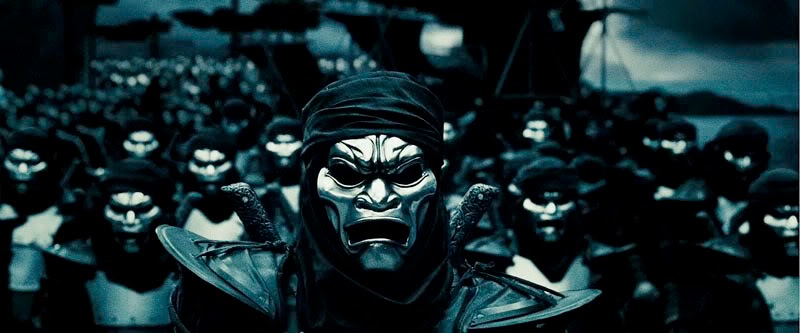History
Immortals are an elite troop from the ancient Persian Empire. First appeared in the Achaemenid empire in the 6th century BC. “Immortals” are described in detail by Herodotus, who designated them as “ten thousand”. A version explains the origin of the name by the fact that as soon as someone from the “immortal” perished, it was replaced by others, thereby supporting the number of immortals constant of 10,000 people.
Detachments of the “immortals” were formed only from the Medes, Persians and Elamites, and the first thousand of them, which formed the personal guard of the Emperor, was formed exclusively from the Persian nobility. Preparation began as a child. Obligatory for the “immortal” were the ability to shoot arrows well and ride horses, and later also strict adherence to the teachings of Zarathustra.
Immortals were equipped with leather armor and wicker shields and armed with short spears with iron tips and bows with reed arrows. They could fight both as heavy infantry and as cavalry. “Immortals” were ineffective in combat with opponents using spears or long swords, for example, Greek hoplites.
“Immortals” took part in the most important battles of the Persian Empire, in particular, in the war with the New Babylonian kingdom in 547 BC, in the conquest of Egypt by Cambyses (525 BC), in the campaigns of Darius I to India and Scythia, and especially in the Greco-Persian wars, when the “immortal” were commanded by Gidarn the Younger. After the Greco-Persian wars, the “immortal” detachments was disbanded.

Sasanides and Byzantine Empire
“Immortals” reappeared in Sasanid Iran; the Sassanian “immortals” were similar to their predecessors, their numbers also amounted to 10,000 people, but unlike the “immortal” age of the Achaemenids, they were equestrian. In the Byzantine Empire, during the reign of John Tzimisce, a detachment of elite cavalry was also formed, called “Immortals”.
“Immortals” in the modern Iranian army was called the guard of the last shah of Iran; their total strength was 4-5 thousand people, including a battalion of tanks. After the 1979 revolution, this guard was disbanded.

